IBM Research
I started my career at IBM Research as a summer intern in 2016. I joined as part of the Cognitive Education team. I interned between June and Sept.'16. Based on my work, I was extended a pre-placement offer(PPO). I joined the lab as a Software Engineering Researcher in July'17 and have been here since!
After joining, I have contributed to several research and development efforts at the lab. I cover some of the key assets, tools and PoCs that I contributed to as part of my research work.
As a Software Engineering Researcher, my work focuses on AI & NLP backend research and development.
My current focus is on a AI for Retail.
IBM Research profile.
[Curriculum Vitae]
*This web-page is work in progress, for any questions - akshaygugnani@gmail.com
MetroPulse
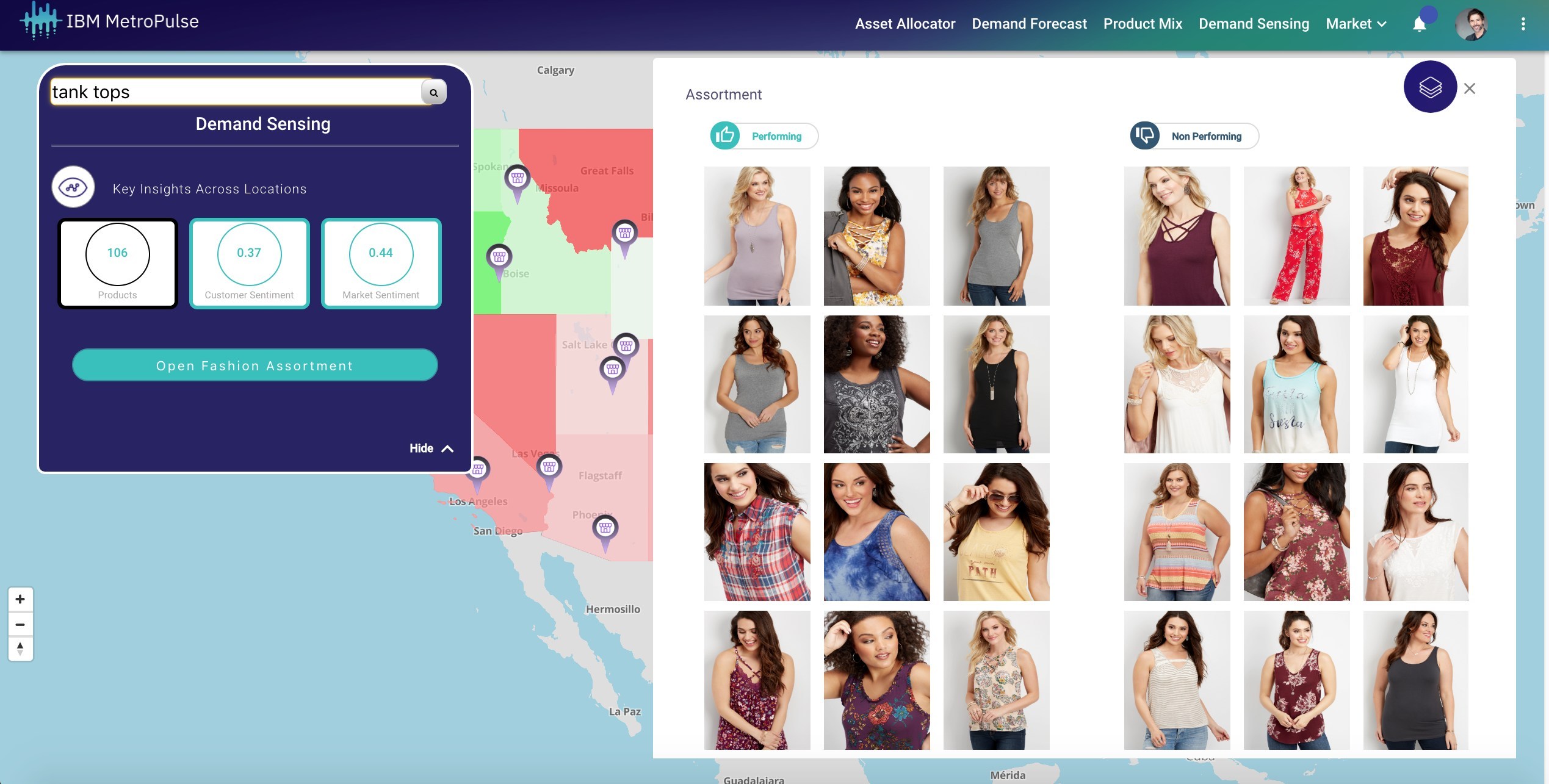
MetroPulse is an IBM Product, for leveraging hyper-local data (like demograpohic information, weather, etc) along with data from social-media, reviews to forecast demand for products.
My main contributions were to the demand sensing module, data mining, sentiment sensing and the data aggregation pipeline of the system. The demand sensing module estimates the market demand(sentiment) for various product categories and SKUs across locations(state/county) based on ratings and reviews for competitor products in the market. It then provides stock allocation strategies across stores based on the market sentiment.
I also developed an extractive summarization module which could provide market insight reports of trending attributes for various product categories.
Some News coverage of the work - [link]
NewLook - Social Media based Demand Forecasting
Can Instagram trends improve sales forecast?
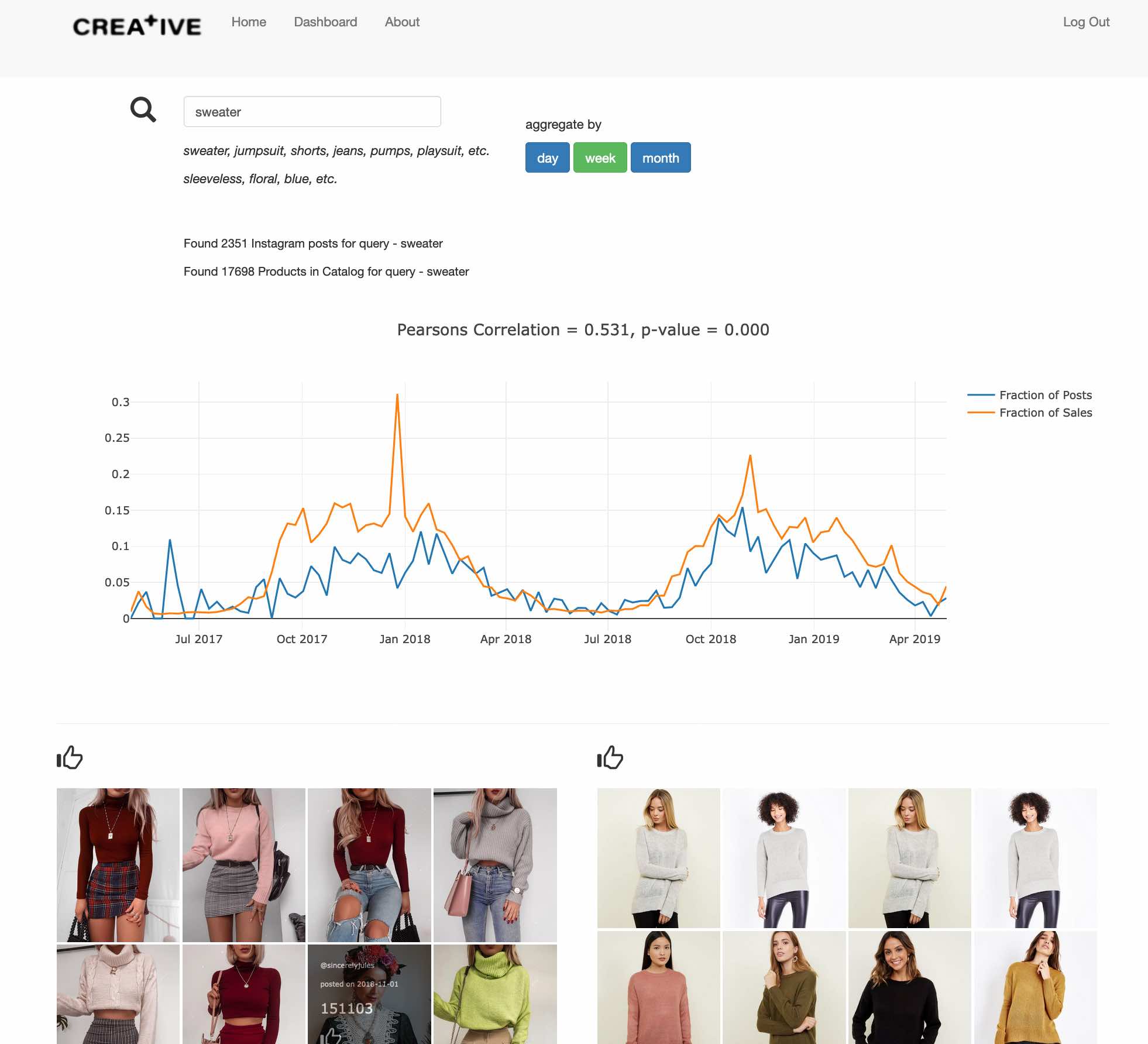
The objective of this project was to study if Trends from Social Media(Instagram influencer) posts can be used to improve sales forecasting and better downstream inventory planning.
Fashion designers usually start conceptualising and designing products for the new season one year prior to the actual selling season (though in recent times this has been drastically reduced with the emergence of fast-fashion.). Therefore, for most apparel retailers (and the fashion industry in general), knowing what the customers would like to wear next season is extremely important. A crucial aspect of achieving this is to have the ability to analyse current fashion trends and forecast future fashion trends.
A trend refers to a general direction (typically upward) in which something is developing or changing. A trend can arise from a multitude of sources. For example, there is a trend toward animal prints, could mean that high-end fashion designers have started showing animal print designs on the runway, apparel retailers have started to introduce them in their online catalogues/stores and are quickly selling out, celebrities have been spotted sporting animal prints, fashion magazines, websites, blogs and social media sites have started recognising this trend. Many fashion-forward consumers have started wearing animal prints on the street.
I am developing an AI agent that can analyse current fashion trends from multiple sources (catalogues, articles, blogs, images, social media) and forecast future fashion trends.
Retail Assistant and Chatbots
I have developed a Retail Assistant chatbot for assisting in the grocery shopping experience. The chatbot could deal with various conversational intents to facilitate grocery shopping, like conversations driven by recipes or product image search. It would then drive a conversation with the user on ingredients required for the recipe and a chat to add the necessary items to cart.
The bot could also handle conversations for curating lists, natural language search. The objective of the conversations was to minimise questions required to be asked to disambiguate the user input and add the items to their cart. These features were then extended to a retail chatbot for jewellery domain as well.
Guided Autocomplete for Natural Language Querying(NLQ)

Dashboards for Early Warning Signals in Non-Performing Assets
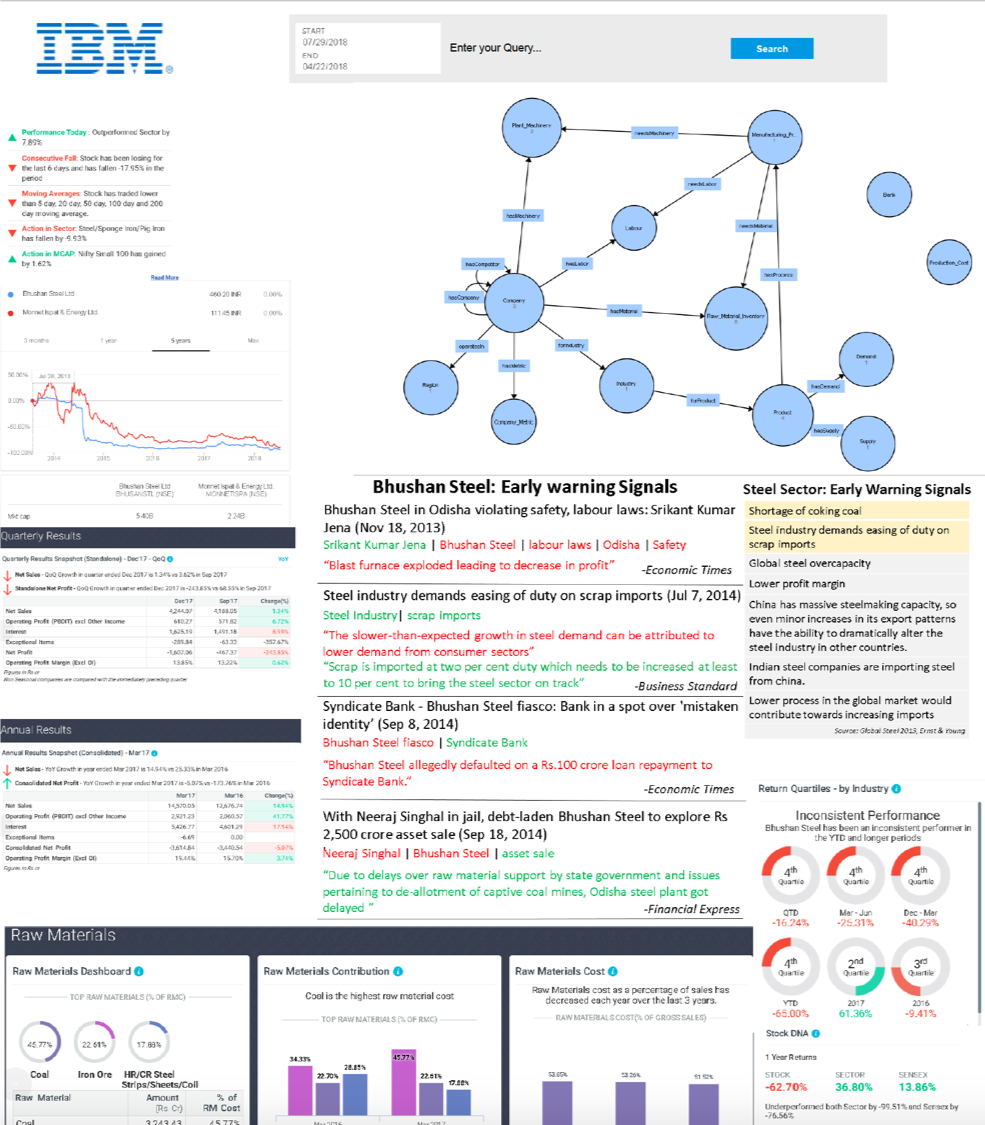
Anti-Money Laundering Toolkit
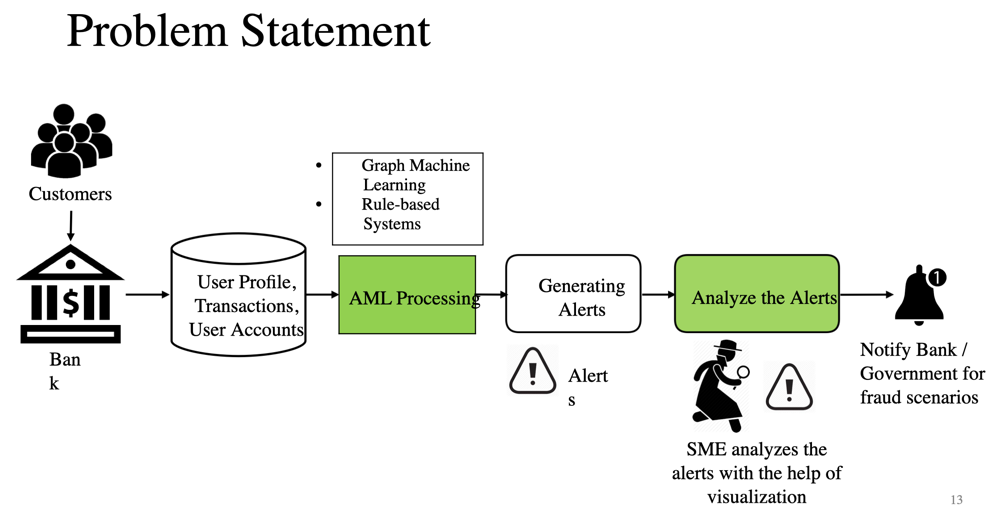
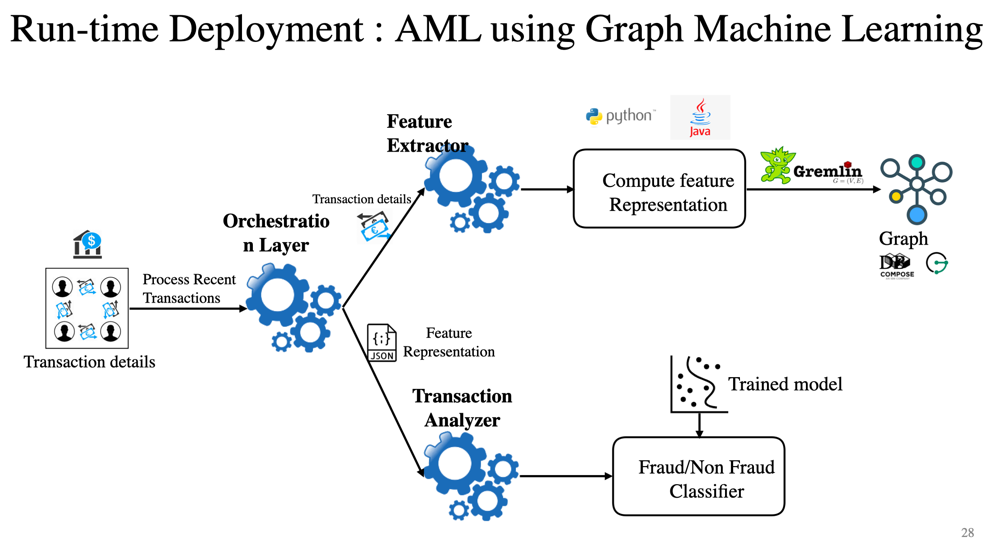
NTU - Medical School Tutor

Home Page
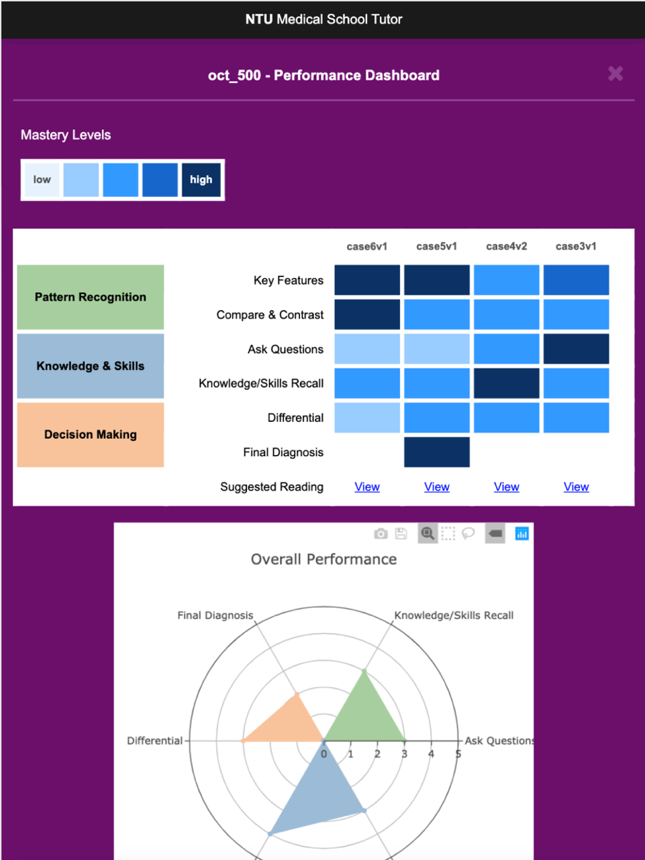
Learner Model

Tutoring Chatbot
This was a joint effort between NTU(LKC Medicine) and IBM Research to built a conversational AI tutor solution for medical school students. I was primarily responsible for developing the UI and backend scripts for the orchestration script with all our APIs. My main contributions were towards developing the learner model and improving the UX based on field trials feedback.
Some News coverage of the work - [link]
Career Advisor
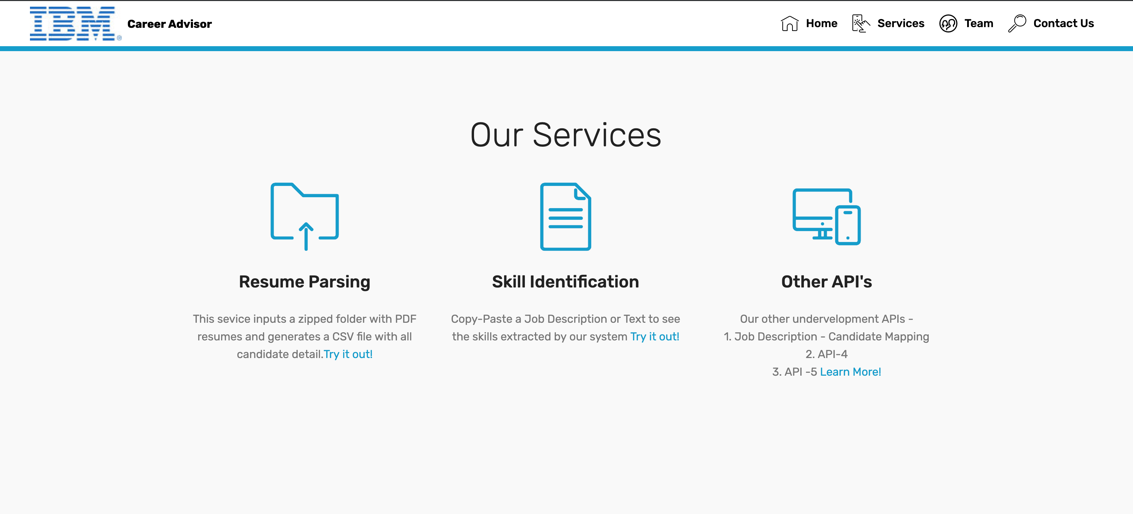
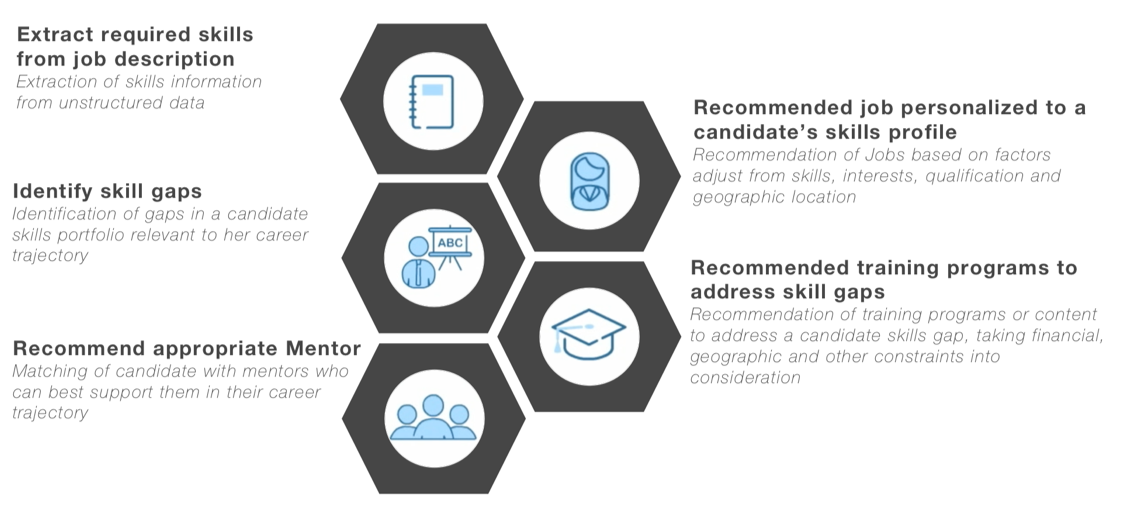

The work was published in the 2018 IEEE ICDM-W and the document embedding based job recommendation work was accepted at the 2020 AAAI - IAAI conference.
AI for Social Good
The work was published in the 2019 Grace Hopper Conference, link to the paper - [link]
Some News coverage of the work - [link]